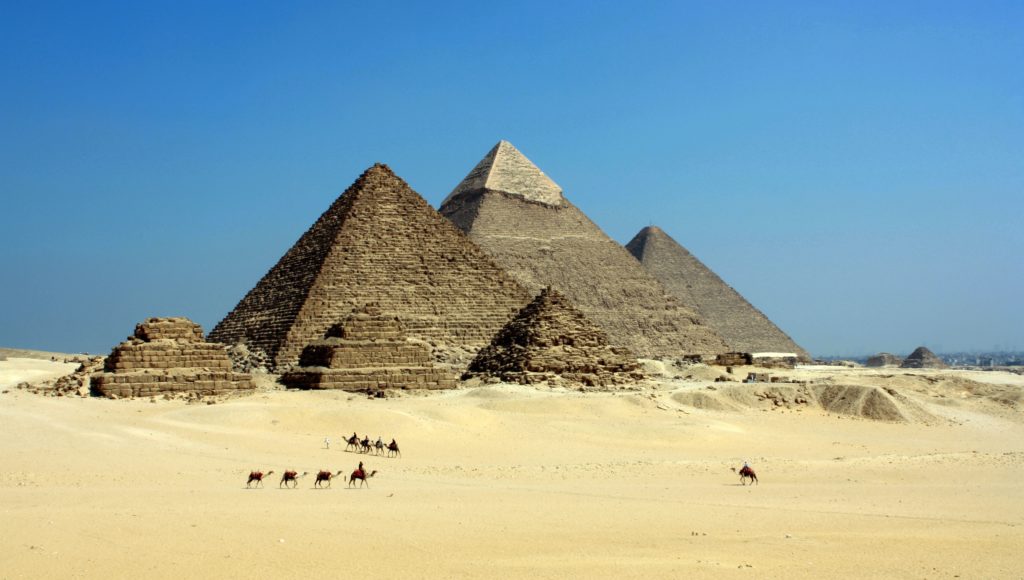MI weekly selection #480

Perseverance captures sun halo
Despite decades of exploration on the surface of Mars and thousands of photographs of the skies above the red planet, scientists only observed signs of a sun halo recently. NASA’s Perseverance rover finally documented the phenomenon, which occurs when atmospheric ice crystals warp sunlight to create the appearance of a halo, in 2021.
Full Story: Space
Insight on timing of supervolcano eruptions
Supervolcanoes stay quiet for millions of years before magma suddenly rises for several decades and causes a massive eruption, suggest researchers who examined crystals embedded in volcanic rock from northern Chile. “Our study is part of an emerging understanding of the conditions that lead to supereruptions, which may ultimately help find sites with high risk of future supereruptions,” says Stephen Sparks, an author of the new study published in Nature.
Full Story: Eos
Diamond-like material found in meteorite samples
Scientists say they’ve found significant amounts of hexagonal diamonds known as lonsdaleite inside meteorite samples from northwest Africa. Lonsdaleite is made out of carbon and could be harder than diamonds, making it a potentially useful industrial material if scientists can determine how to manufacture it, researchers say.
Full Story: New Scientist
Ancient pollen charts depths of long-gone Nile offshoot
A long-since vanished arm of the Nile River that once flowed by the site of the great pyramids of Giza had high water levels which aided the ancient Egyptians who built them 4,500 years ago. Researchers analyzed pollen samples taken from the earthen cores of Giza’s floodplain to reveal the Khufu branch of the Nile flowed at a level that made it possible to move such heavy blocks of stone.
Full Story: Live Science
Signal helps brain switch from learning to memory mode
Researchers have identified a neural signal in the region of the brain responsible for making and recalling memories that allows the brain to switch from remembering to learning modes on demand. “How the brain finds the balance between these two opposing processes is a question that has fascinated neuroscientists for a long time,” said lead researcher Christoph Schmidt-Hieber.
Full Story: ScienceDaily